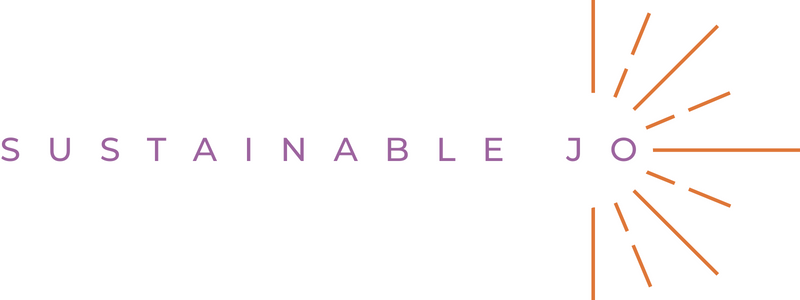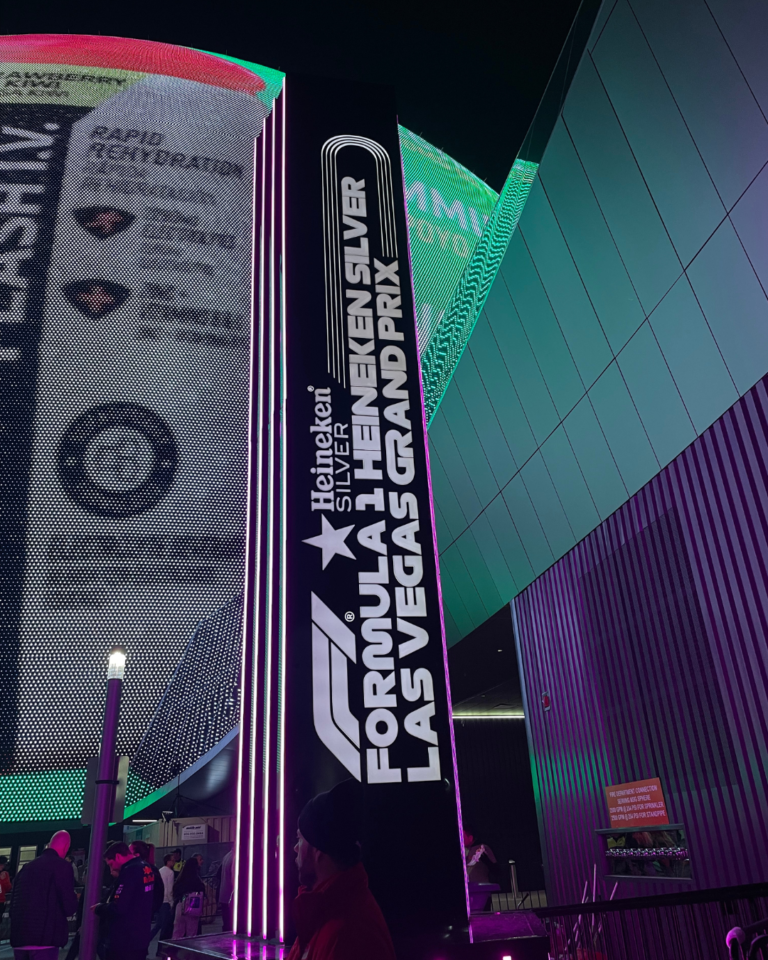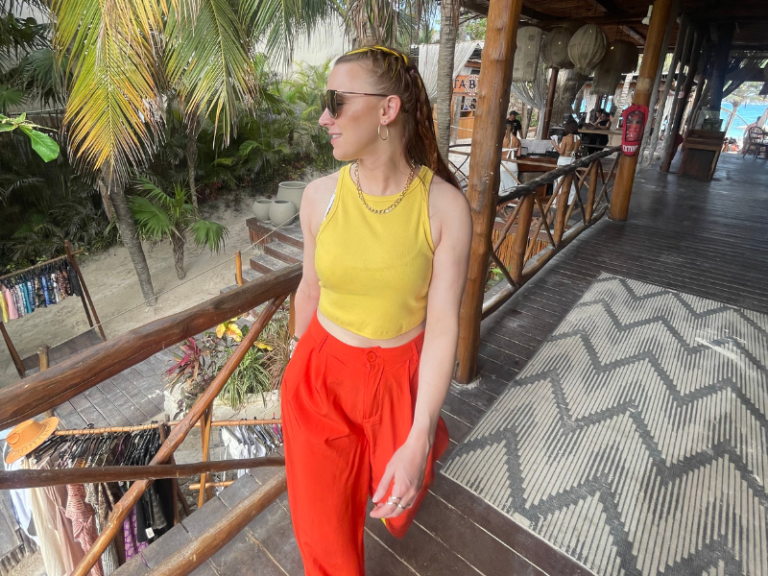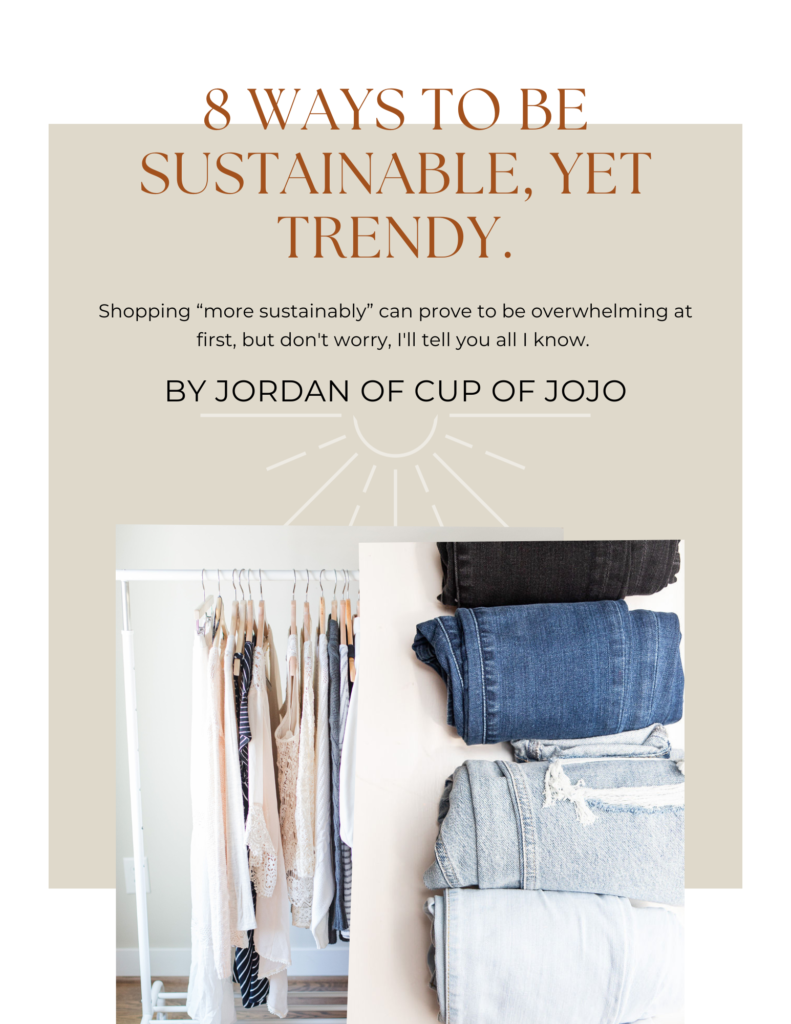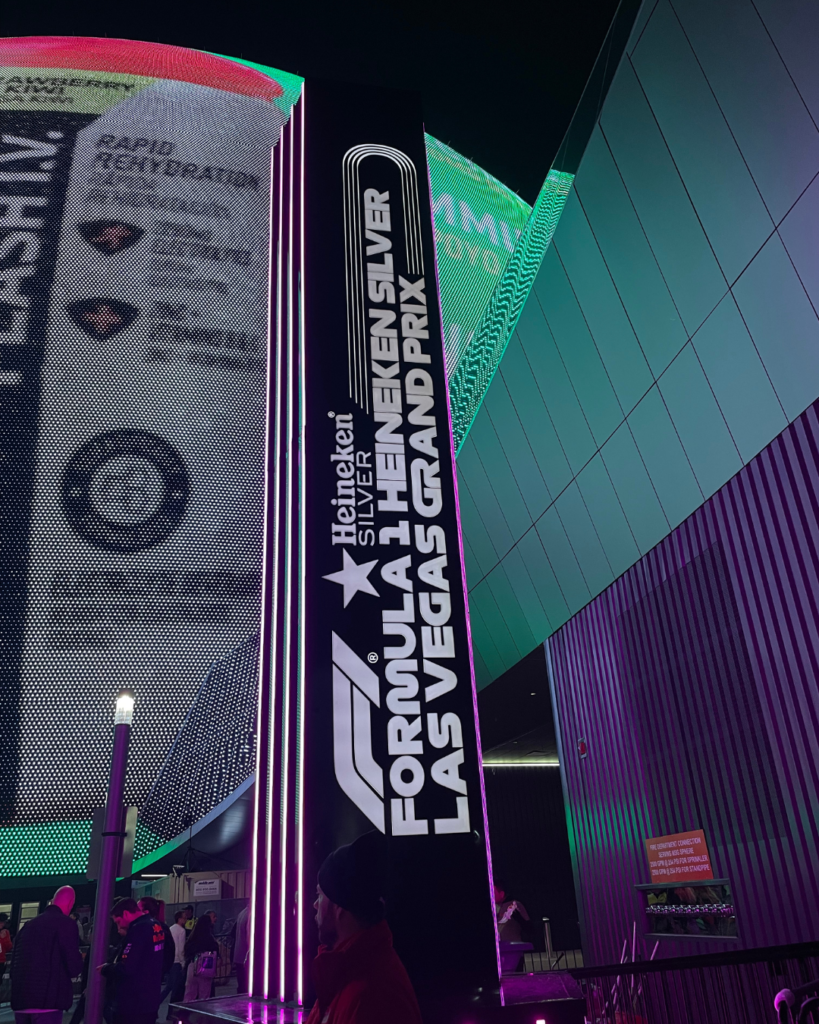Zara, Nike, Lululemon, PacSun, and Forever 21 – the biggest fast fashion brands in our closets, the trendsetters that shape our style. Ever wondered about the environmental footprint they leave behind? In this exploration, we delve deep into the sustainability practices of these fashion giants to uncover the tales behind their chic designs and reveal if there’s an eco-conscious tag beneath the glamour.

Is Zara still fast fashion?
Zara, one of if not the biggest fast fashion brands, often captures our attention with its rapid turnover of trendy styles. However, beyond the glitz and glamour, how does Zara fare in the realm of sustainability? Zara is widely recognized as a fast fashion retailer, and this classification is attributed to several defining features of its business model. One key aspect is Zara’s ability to swiftly design, produce, and distribute new fashion items, facilitated by a vertically integrated supply chain. This rapid production and turnaround enable the brand to stay at the forefront of changing fashion trends and introduce new styles to the market quickly. Moreover, Zara maintains a high frequency of inventory turnover, regularly refreshing its collections throughout the year. This constant rotation of merchandise encourages consumers to make frequent purchases to keep up with the latest trends.
This begs the question, what is the root problem of fast fashion?
Additionally, Zara’s commitment to affordability aligns with the typical characteristics of fast fashion, providing consumers with budget-friendly fashion options. The brand’s emphasis on current fashion trends and its global sourcing practices contribute to its status as a prominent player in the fast fashion industry. However, it’s important to note that Zara, like other fast fashion brands, has faced scrutiny regarding sustainability, labor practices, and environmental impact, prompting increased industry awareness and efforts to address these concerns in recent years.
Is Nike a part of the biggest fast fashion brands?
Nike, a global icon synonymous with athletic excellence, has taken steps toward sustainability. The iconic Swoosh is not just a symbol of style; it represents a commitment to a greener future. With the use of recycled materials and ambitious goals to slash greenhouse gas emissions, Nike seems to be making strides. However, in the quest for sustainability, are they running the extra mile to ensure worker rights and protect biodiversity? Operating across various countries with an extensive supply chain, the company faces challenges related to resource consumption, energy use, and waste. While Nike has taken steps to address these concerns, including the implementation of sustainable practices and the use of recycled materials, it continues to grapple with the complexities of balancing global manufacturing with environmental responsibility. The brand’s carbon footprint, influenced by manufacturing and transportation, remains a focus area, and Nike has set targets to reduce its environmental impact.
If you’re looking DECREASE YOUR CONSUMPTION IN THE biggest fast fashion brands AND STILL trendy buT sustainable, download my guide here!
Is Lululemon a fast fashion company?
Lululemon is generally notLululemon uses some lower-impact materials and has set a target to reduce greenhouse gas emissions, but evidence of meaningful action on hazardous chemicals, water reduction, and other environmental aspects is lacking. While the brand incorporates some recycled materials and has set targets for reducing greenhouse gas emissions, the overall environmental impact is deemed “Not Good Enough” by Good On You, a resource forth rating ethical impact. The lack of evidence regarding meaningful actions on hazardous chemicals and water reduction is concerning. In terms of labor conditions, Lululemon falls short, with a supply chain lacking certification for crucial labor standards and minimal progress toward ensuring living wages and diversity. Overall, Lululemon’s claim to ethical and sustainable practices seems to face challenges, highlighting the need for the brand to translate its commitment into more substantial actions in both environmental and labor practices to truly earn an ethical label.
Is PacSun fast fashion?
From an ethical standpoint, the brand falls into the category of those to avoid. The environmental rating is disappointingly very poor pointing to a plethora of meaningful eco-friendly initiatives, the absence of greenhouse gas emissions reduction targets, and a lack of concrete action on hazardous chemicals and water reduction. Similarly, the labor rating is also poor. Most concerns such as non-disclosure of the final stage of production location, insufficient evidence of ensuring living wages, and limited policies for safeguarding workers from the impacts of COVID-19 stem from a lack of transparency. PacSun looks to see substantial improvements in its practices in my book.
Is Forever 21 fast fashion?
Forever 21 epitomizes the fast fashion model through its rapid adaptation to the latest trends and quick turnover of inventory. Renowned for providing affordable, on-trend clothing, the brand’s ability to swiftly produce and stock items aligns with the key features of the fast fashion industry. Forever 21’s large volume and high frequency of production contribute to a constant influx of new collections, maintaining a sense of novelty for consumers. Notably, the brand often imitates high-end fashion trends, making current styles accessible to a broad market. Engaging in global sourcing, Forever 21 produces garments in various countries, leveraging cost efficiencies to keep prices low and respond promptly to consumer demands. While the brand’s fast fashion approach appeals to those seeking trendy and budget-friendly options, it operates within an industry increasingly scrutinized for its environmental impact, labor practices, and the promotion of a disposable fashion culture.
Making Sustainable Choices
What is fast fashion and why is it bad? Knowing the big brands in fast fashion will help you as you embark on this journey through the fashion landscape. You’ll uncover the nuances that define each brand’s sustainability score. Zara and Lululemon may stumble, while Nike takes intentional strides. PacSun might face a sustainability storm, and Forever 21 could struggle to balance trends with ethics. Remember, your choices have the power to shape the fashion world. Join us in exploring trends that not only make you look good but also make you feel good about your impact on the planet. Walk on, eco-warriors!

